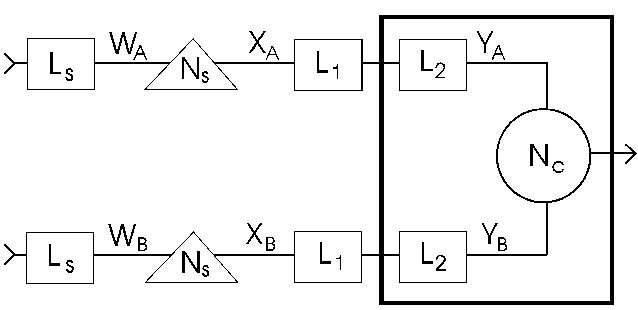We examined how vernier thresholds for flickering bars depend on the temporal frequency and relative temporal phase of the bars. The largest effect of relative phase (up to a fivefold increase in displacement thresholds) was seen at 2 Hz, and for most subjects, relative phase had little effect at 16 Hz and above. The effect of relative phase was essentially independent of contrast and trial duration. Thresholds were elevated by the greatest amount when bars were presented in antiphase, but at 1 and 4 Hz, quadrature phase offsets also led to substantial elevations in displacement thresholds. An experiment designed to examine the interaction of the vernier judgement with apparent motion failed to identify a role for mechanisms sensitive to apparent motion in threshold elevation. Another experiment in which the bars were modulated with sawtooth waveforms indicated that temporal correlation between the bars, rather than the ON vs. OFF distinction, underlies the phase sensitivity. A simple dynamical model that posits partial rectification prior to a cross-correlation-like interaction accounts for the observed results.

This is a model for the dynamics of vernier acuity. The model consists of a stage of independent processing (LS, NS, and L1) followed by a stage of joint processing (L2 and NC).
The (time-varying) contrasts of the two components of the vernier stimuli are processed separately by identical linear filters L1, and the resulting signals [WA(t) and WB(t)] are the inputs to a static nonlinearity NS. The outputs XA(t) and XB(t) of the separate nonlinear stages NS are linearly filtered by L1 (within the stage of independent processing) and then L2 (within the stage of joint processing), to form signals YA(t) and YB(t). These signals are merged by a final nonlinearity NC, akin to a cross-correlator. Sensitivity to displacement is assumed to be monotonically related to the time-averaged output of NC.